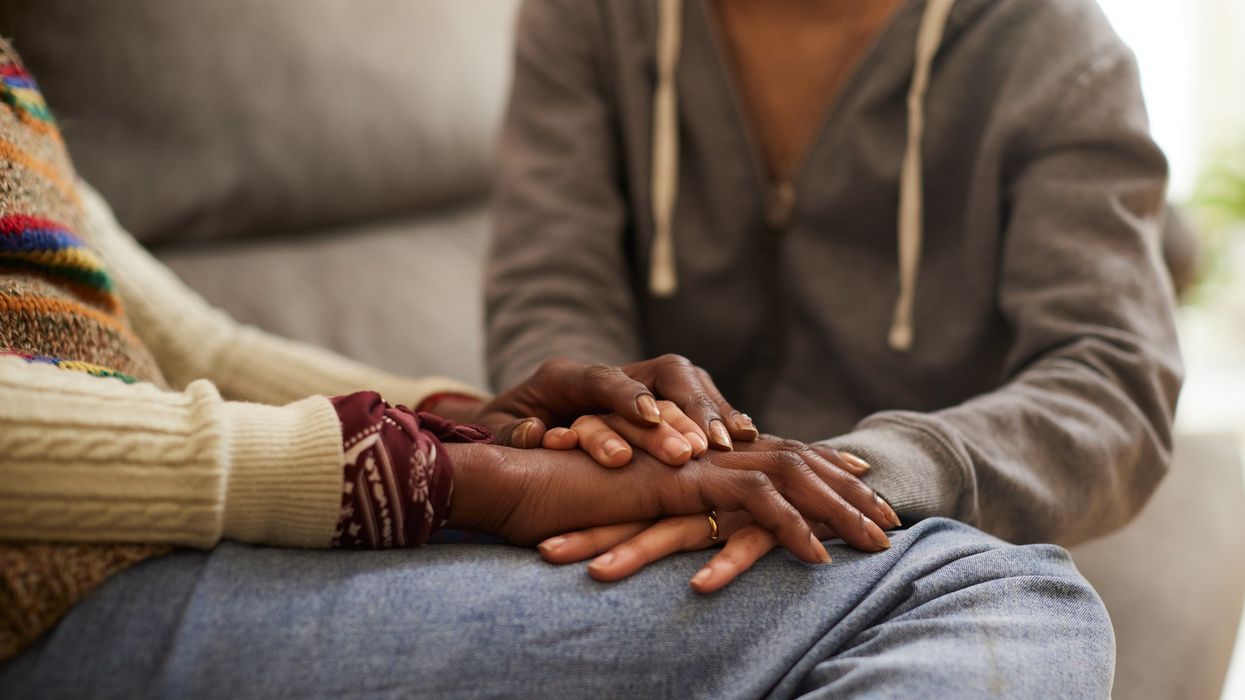It is time to teach the children well.
As February is Teen Dating Violence Awareness Month, it is urgent to know dating violence is very common in this country, especially among teens and young adults. Research shows about one in 12 teens experienced physical dating violence and about one in 10 experienced sexual dating violence.
Unfortunately, according to 2015 numbers, researchers have estimated that between 3.3 million and 10 million children are exposed to adult domestic violence each year. They can become a victim, perpetrator, or both. Children are like sponges and absorb everything around them; if they are not able to find healthy ways to cope, they may be part of the cycle of violence.
In the prevention effort, it is important to educate younger people before they start dating and to speak about generational trauma. Children exposed to domestic violence can develop post traumatic stress disorder. They can mimic learned behaviors.
A victim of domestic violence can also become a thriving survivor with the potential to serve their community if they are equipped with the proper tools. I know because I am one.
Even though domestic violence agencies struggle to continuously secure funding, whether it relates to stipulations recently for the Victims of Crime Act (VOCA) or the threat of federal funding freezes from the new Department of Government Efficiency, they have done tremendous work to serve victims.
The recognition of generational trauma and the assumption that younger male victims may become abusers themselves led to a common practice in domestic violence shelters; teenage boys were not welcome there. As domestic violence agencies aim to adjust their practices and become more inclusive, it is important to look at the tools in place to holistically heal the families.
At some point, in the journey of a young male adult, society stopped thinking about them as victims and categorized them as abusers with no concrete tools to get them out of this cycle.
During my time at Haven Hills as an Outreach Prevention Specialist, providing Healthy Relationship Curriculum to several high schools and foster youth programs was eye-opening. These young adults were eager to learn more about interpersonal relationships and came to understand the trauma they have experienced.
The most rewarding part was when young people admitted having unhealthy behaviors and promised to change. They also asked to have these conversations earlier, noting that these classes were given to all genders of teenagers no younger than 16 years old.
It is difficult to fund programs for persons who cause harm across the country, such as the Batterer Intervention Program (BIP). In California, it is a 52-week program overseen by the Los Angeles County Probation Department. A recent audit criticized the effectiveness of it and BIP providers are working to overhaul their programs and finding ways to be funded efficiently.
These programs exist throughout the country and many have been in place since the 1970s.
Many of these programs require the perpetrator to pay for their classes, as a demonstration of efforts to redeem themselves. This is not ideal. Recognizing generational trauma, it is necessary to provide tools to prevent future violence without cost to the individual. The current process often leads to recidivism and for victims to continuously feel unsafe.
The restorative justice approach is a better route. Restorative Justice is a response to wrongdoing that prioritizes repairing harm and recognizes that maintaining positive relationships with others is a core human need. It seeks to address the root causes of crime, even to the point of transforming unjust systems and structures.
This is not new; it has been a practice well-known by Native Americans. Yurok Chief Judge Abby Abinanti in 2022 described the process in a documentary: “The Yurok Tribal Court is rooted in the traditional philosophy of restorative justice, which originates from the Tribe’s longstanding village values. This traditional approach to dispute resolution aims to create space for the offender to take responsibility for their transgression while working with the victim and the court to identify the best course of action to correct the wrong.”
Accountability and support from the community are essential to build a strong foundation for future generations. It is essential to change the process of addressing domestic violence and learn from past mistakes.
Policymakers, advocates, funders, agency leaders, and non-profit organizers can shift to a holistic approach for all genders. Every generation deserves that chance.
Stephanie Whack is a survivor of domestic violence, an advocate at the intersection of victimizations and homelessness, and a member of The OpEd Project Public Voices Fellowship on Domestic Violence and Economic Security.




















